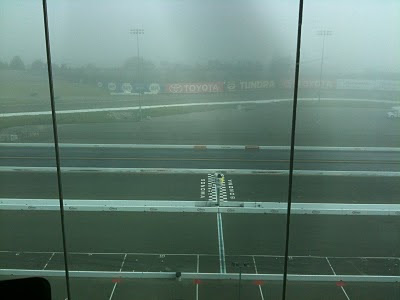IFR stands for Instrument Flight Rules. These are the rules and procedures a pilot uses to fly safely in instrument meteorological conditions (IMC). In other words, this is how pilots fly safely in clouds and fog and other places where you can't see your hand in front of your face yet you need to avoid flying into things like mountains, buildings and other planes. If you've flown a commercial airline you have probably flown in IMC, and you have definitely flown in a plane being operated under Instrument Flight Rules for a good majority of the flight, even if the air is crystal clear.
You don't have to be in IFR conditions to be flying IFR... but IMC cannot be done safely without flight in reference to your instruments and under ATC control. Anyway, that's how I understand it, being a VFR only student pilot who hasn't even flown in Simulated Instrument conditions (that will happen before I can try do to a check ride).
So what's this about? you ask. I want to show you what different visual conditions look like. These pictures are from Infineon Raceway, from about 100 ft up in Race Control at the top of the grandstand. You can imagine trying to land a plane from this height...
This picture shows very nice visual (VFR) conditions.
This picture shows a wall of clouds nearby, this would be called MVFR. I don't know if the M is minimum or minimal, either way, not a good place to be if you are a VFR only pilot.
In this picture, same location, you can see the track (or runway if you prefer) barely. But you could probably land a plane, if you could fly using instruments only. In this case you would fly IFR in IMC.
This picture, it shows a spot where you aren't going to land. This would be called a closed runway... or at best LIFR (limited IFR).
I want to learn how to fly IFR and fly through the clouds. I love flying through clouds as a passenger in a jet. I really want to do that in a small plane. I am told it is totally different. *sigh* so much I want to do up there...




No comments:
Post a Comment